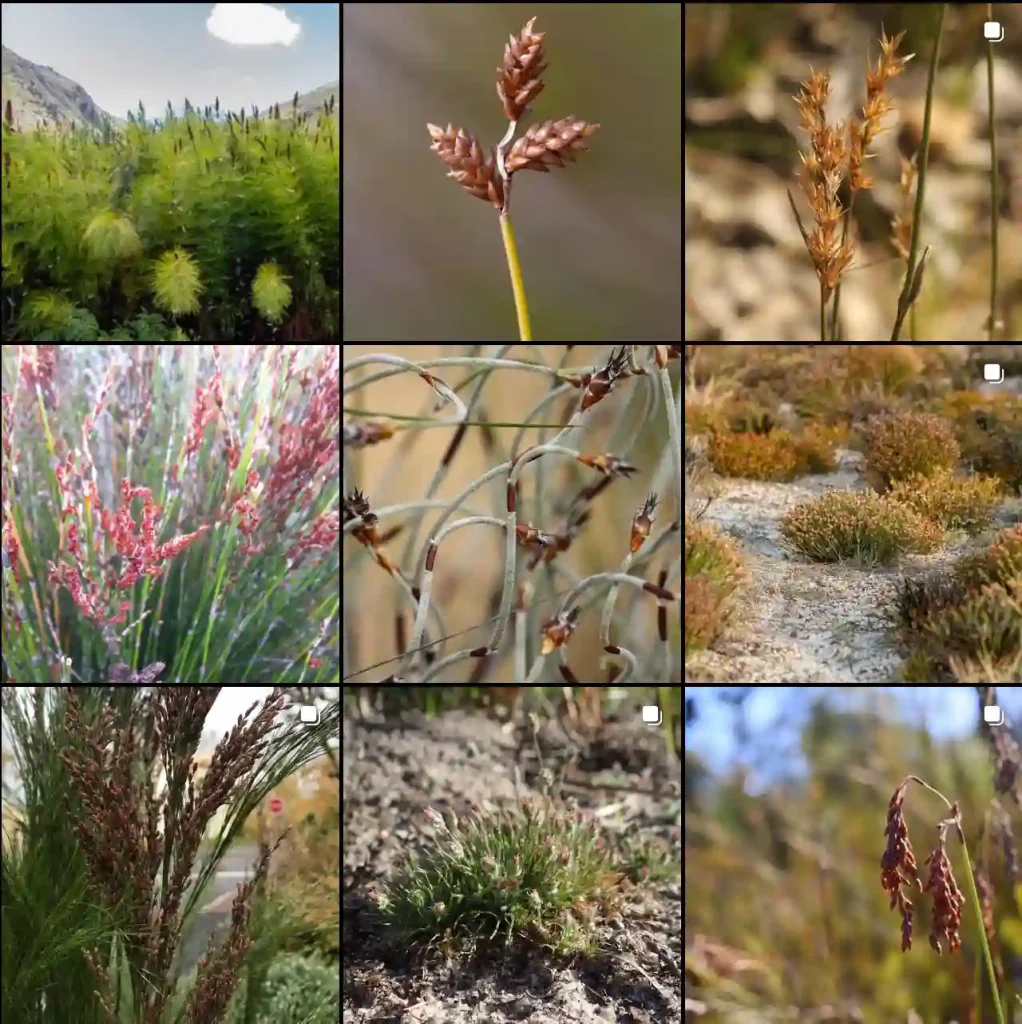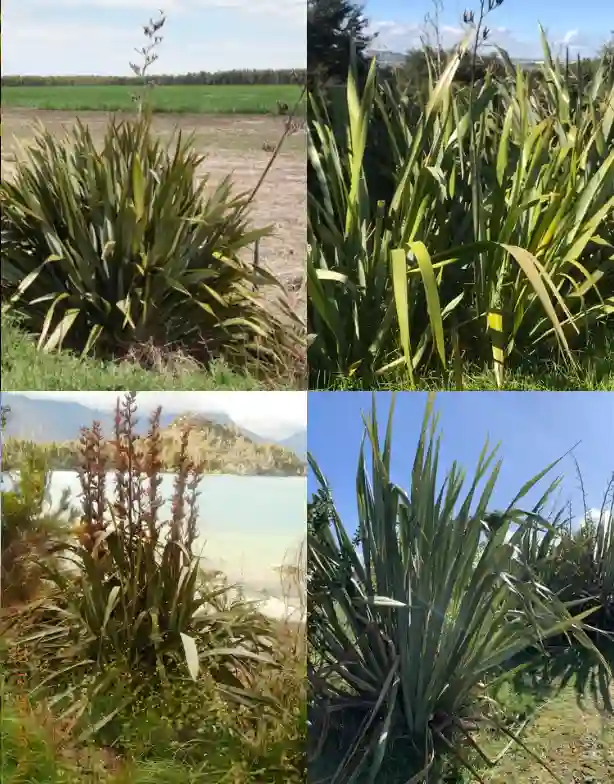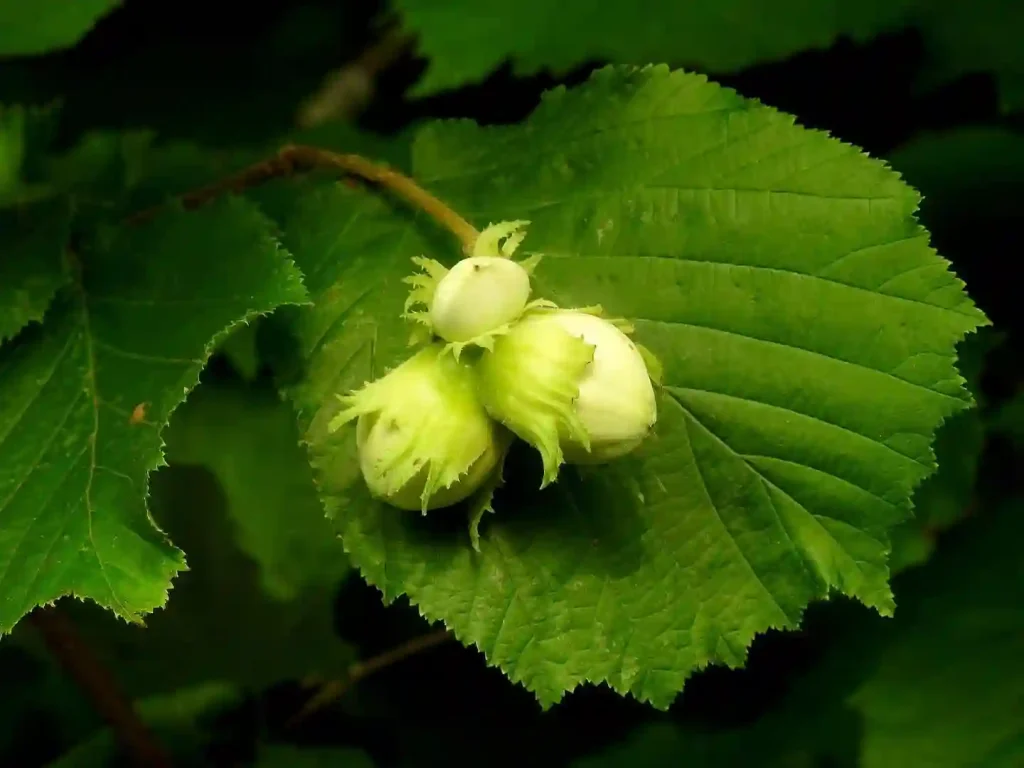Exploring the Scrophulariaceae Family: A Personal Journey
The Scrophulariaceae family, often called the figwort family, has always fascinated me. It’s a world of flowering plants with a rich history, diverse genera, and captivating adaptations. My encounters with this plant family have deepened my appreciation for their beauty and ecological significance.
The Beauty of Scrophulariaceae
The Scrophulariaceae family is renowned for its variety. Its members are found worldwide, from the lush tropics to the arid deserts. The plants in this family exhibit stunning flowers, with shapes and colors that range from delicate purples and whites to bold reds and yellows. Their beauty isn’t just aesthetic; it serves as a crucial tool for attracting pollinators, which makes them essential players in their ecosystems.
Genera of Scrophulariaceae
- Alonsoa Ruiz & Pav.
- Ameroglossum Eb.Fisch., S.Vogel & A.V.Lopes
- Androya H.Perrier
- Antherothamnus N.E.Br.
- Anticharis Endl.
- Aptosimum Burch. ex Benth.
- Barthlottia E.Fisch.
- Bontia L. – Bontia Daphnoides in Genus Bontia
- Buddleja Houst. ex L. – 114 Species in Genus Buddleja
- Camptoloma Benth.
- Capraria L.
- Chaenostoma Benth.
- Chamaecrypta Schltr. & Diels
- Chenopodiopsis Hilliard & B.L.Burtt
- Colpias E.Mey. ex Benth.
- Cromidon Compton
- Dermatobotrys Bolus
- Diascia Link & Otto – 63 Species in Genus Diascia
- Diclis Benth.
- Dischisma Choisy
- Dolichostemon Bonati
- Eremogeton Standl. & L.O.Williams
- Eremophila R.Br. – 246 Species in Genus Eremophila
- Freylinia Colla
- Glekia Hilliard
- Globulariopsis Compton
- Glumicalyx Hiern
- Glycocystis Chinnock
- Gomphostigma Turcz.
- Gosela Choisy
- Hebenstretia L.
- Hemimeris L.f.
- Jamesbrittenia Kuntze
- Leucophyllum Bonpl. – 17 Species in Genus Leucophyllum
- Limosella L.
- Lyperia Benth.
- Manulea L.
- Manuleopsis Thell.
- Melanospermum Hilliard
- Microdon Choisy
- Myoporum Banks & Sol. ex G.Forst. – 36 Species in Genus Myoporum
- Nathaliella B.Fedtsch.
- Nemesia Vent. – 69 Species in Genus Nemesia
- Oftia Adans.
- Peliostomum E.Mey. ex Benth.
- Phygelius E.Mey. ex Benth.
- Phyllopodium Benth.
- Polycarena Benth.
- Pseudoselago Hilliard
- Ranopisoa J.-F.Leroy
- × Scrophulari-verbascum P.Fourn.
- Scrophularia Tourn. ex L.
- Selago L.
- Strobilopsis Hilliard & B.L.Burtt
- Sutera Roth
- Teedia Rudolphi
- Tetraselago Junell
- Trieenea Hilliard
- Verbascum L. – 712 Species in Genus Verbascum
- Zaluzianskya F.W.Schmidt
Ecological Significance
The Scrophulariaceae family isn’t just about beauty; it’s about balance. These plants often form essential links in the food chain, supporting pollinators like bees, butterflies, and even birds. In arid and semi-arid regions, they help stabilize soil and prevent erosion.
I’ve observed firsthand how butterfly bushes attract diverse pollinators, ensuring the reproduction of nearby plants. Similarly, foxgloves provide crucial nectar for bees in the early summer. These connections remind me of the delicate interdependence of life.
My Personal Experiences
As a plant enthusiast, I’ve grown several Scrophulariaceae members in my garden. The butterfly bushes are always a highlight, creating a lively buzz of pollinator activity. Mulleins, with their towering presence, serve as a natural focal point, while foxgloves add a touch of magic to the landscape.
Beyond gardening, I’ve encountered wild members of this family during hikes and travels. Discovering a patch of toadflaxes or speedwells in their natural habitat feels like finding a hidden treasure.
Why Scrophulariaceae Matters
For me, the Scrophulariaceae family represents the perfect blend of beauty and functionality. Its members enhance gardens, support ecosystems, and offer medicinal benefits. Each genus tells its own story, contributing to the tapestry of plant life on Earth.
Final Thoughts
Exploring the Scrophulariaceae family has been a rewarding journey. From the majestic foxgloves to the understated speedwells, these plants have enriched my understanding of nature’s ingenuity. I invite anyone to delve into this remarkable plant family—it’s a world waiting to be discovered.
If i die, water my plants!



